404 Not Found
This page may have been moved or deleted.
Please try refreshing your browser or return to the home page.
If you've reached this error after submitting a Spill Incident / Release Form, please email us at spoc@la.gov.

Please try refreshing your browser or return to the home page.
If you've reached this error after submitting a Spill Incident / Release Form, please email us at spoc@la.gov.